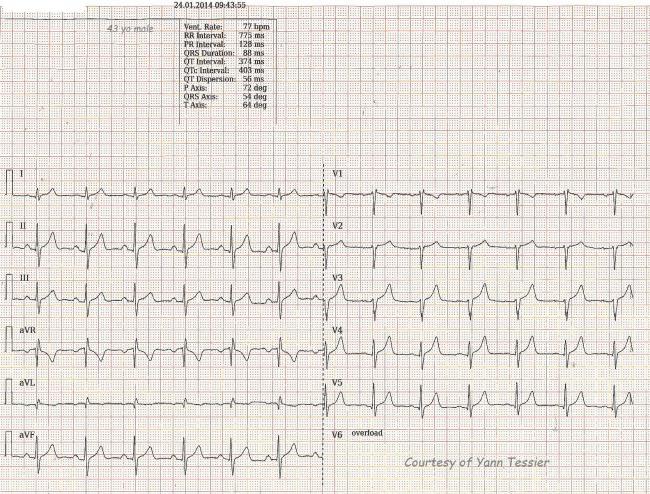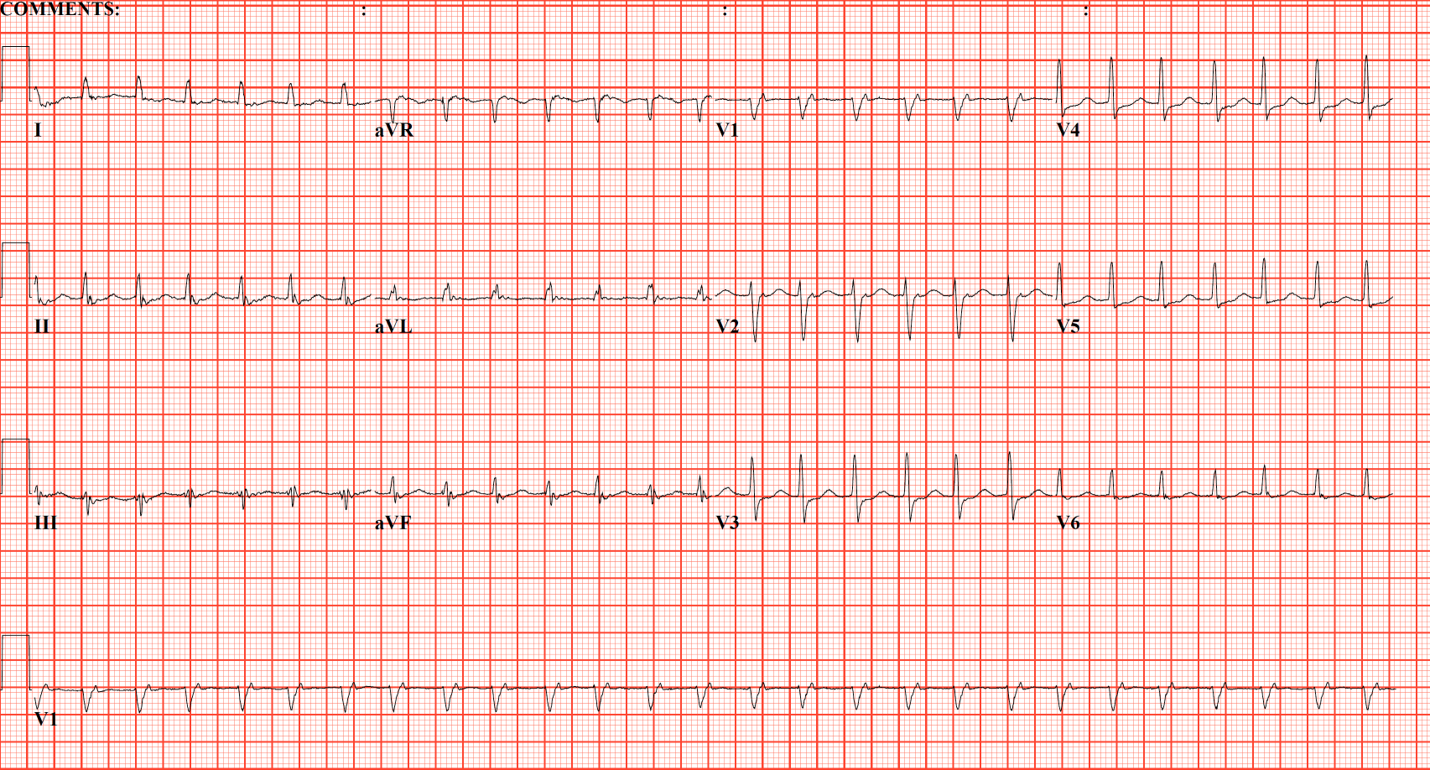

Analysis of five placebo-controlled clinical trials investigating the efficacy of warfarin in the primary prevention of thromboembolic stroke, found the relative risk of thromboembolic stroke was reduced by 68% for atrial fibrillation patients treated with warfarin. Prevention strategies focus on the modifiable risk factors such as hypertension, smoking, and atrial fibrillation. Therefore, much emphasis has been placed on identifying methods for preventing recurrent ischemic stroke as well as preventing first stroke. Furthermore, a prior stroke or transient ischemic attack (TIA) are among a limited number of predictors of high stroke risk within the population of patients with atrial fibrillation. For example, The Framingham Heart Study noted a dramatic increase in stroke risk associated with atrial fibrillation with advancing age, from 1.5% for those 50 to 59 years of age to 23.5% for those 80 to 89 years of age. While the median age of patients with atrial fibrillation is 75 years, the incidence increases with advancing age. It has been estimated that over 2 million adults in the United States have NVAF. It is one of several conditions and lifestyle factors that have been identified as risk factors for stroke. Rationale: Nonvalvular atrial fibrillation (NVAF) is a common arrhythmia and an important risk factor for stroke. Performance Measure Name: Anticoagulation Therapy for Atrial Fibrillation/Flutterĭescription: Ischemic stroke patients with atrial fibrillation/flutter who are prescribed anticoagulation therapy at hospital discharge. Measure Information Form Measure Set: Stroke (STK)

**NQF-ENDORSED VOLUNTARY CONSENSUS STANDARDS FOR HOSPITAL CARE**


 0 kommentar(er)
0 kommentar(er)
